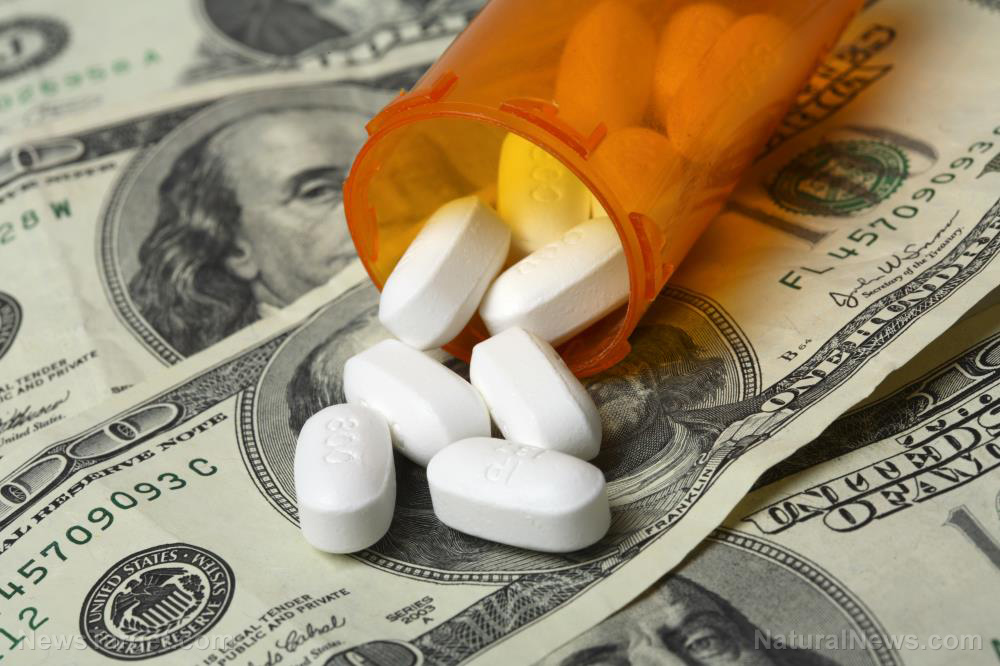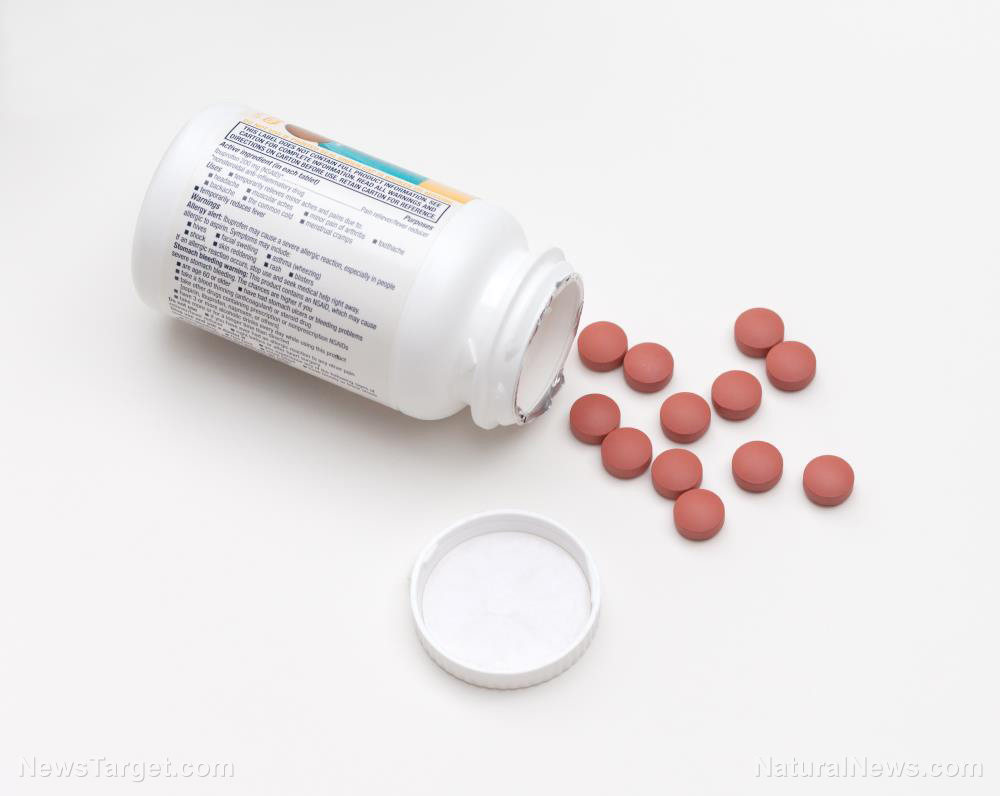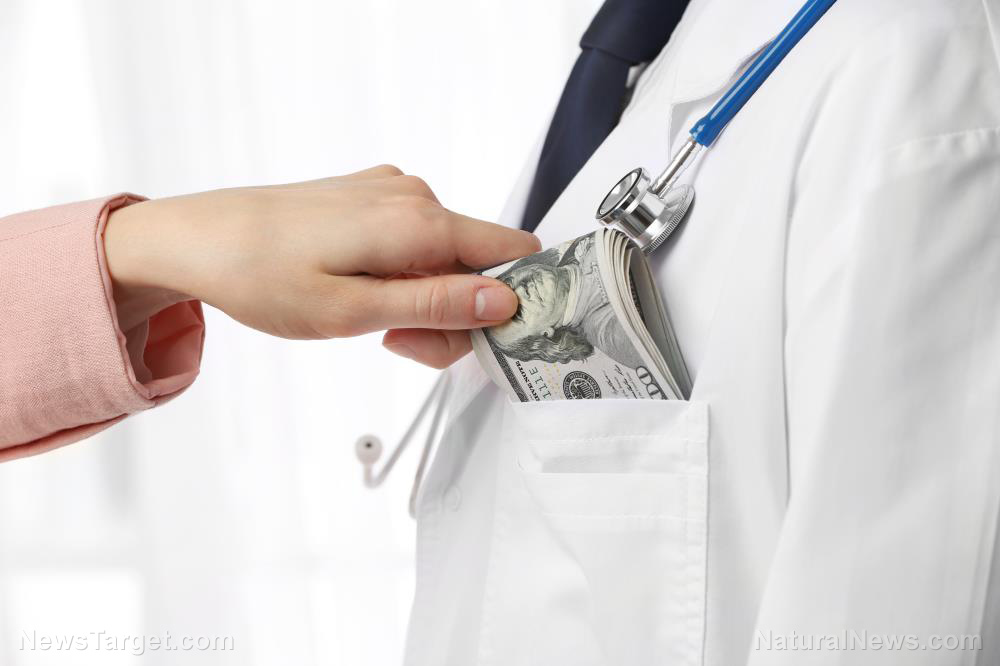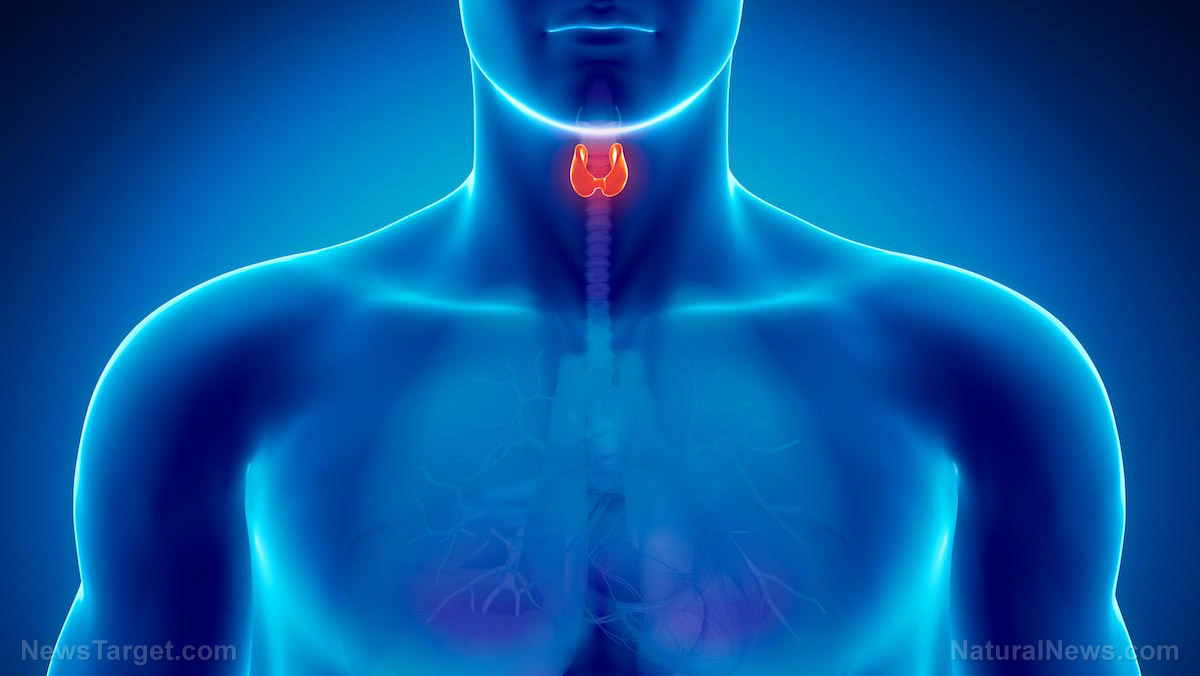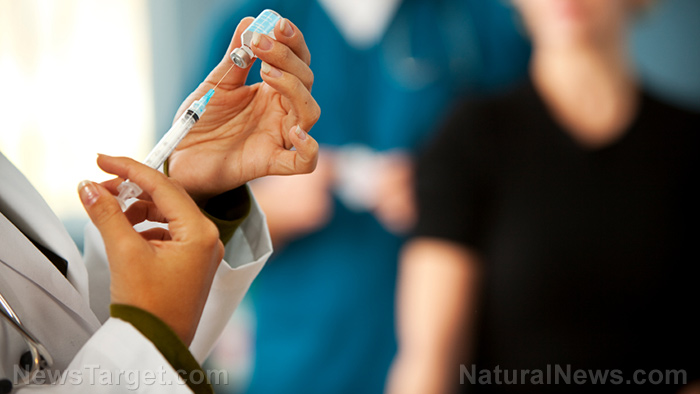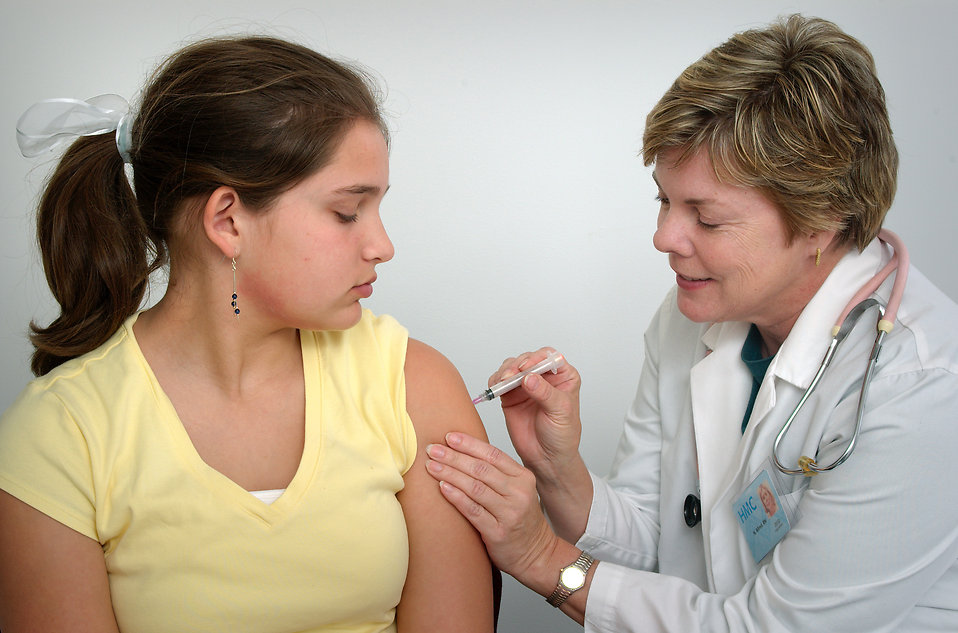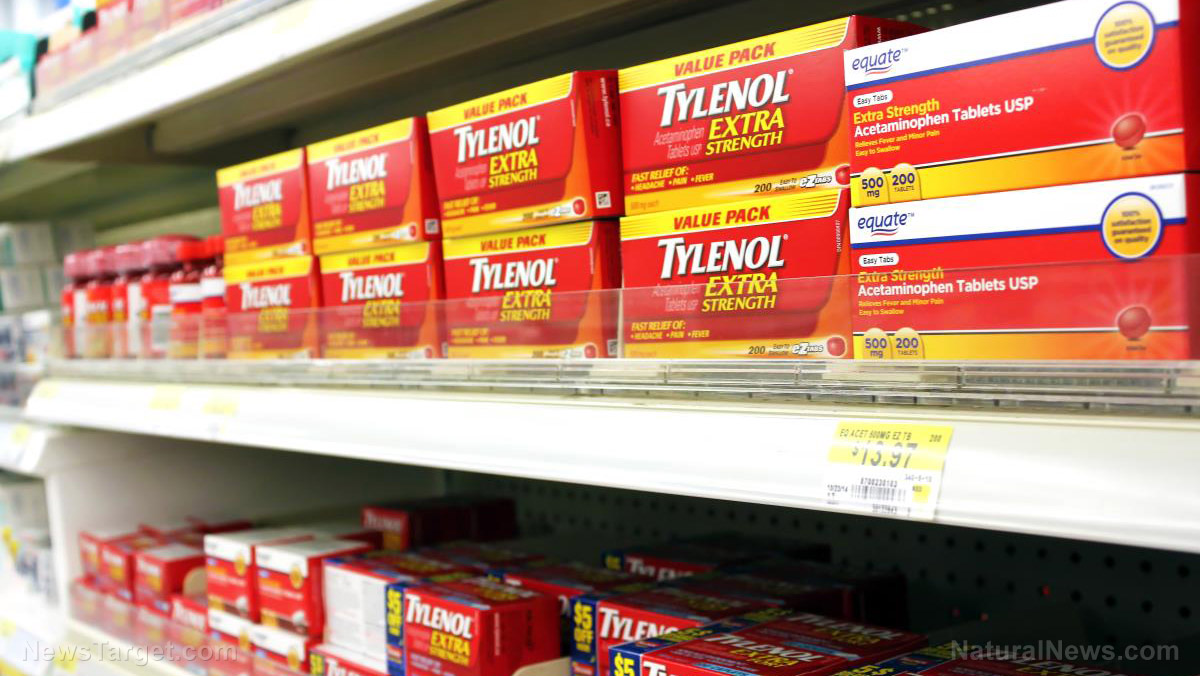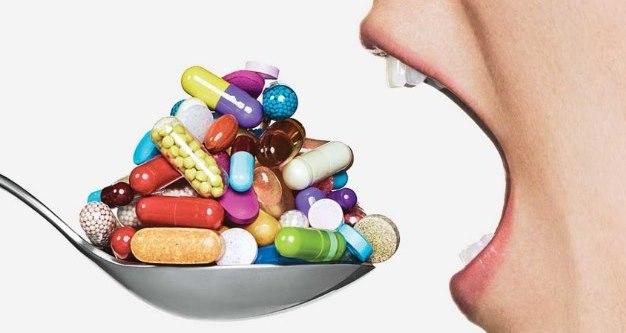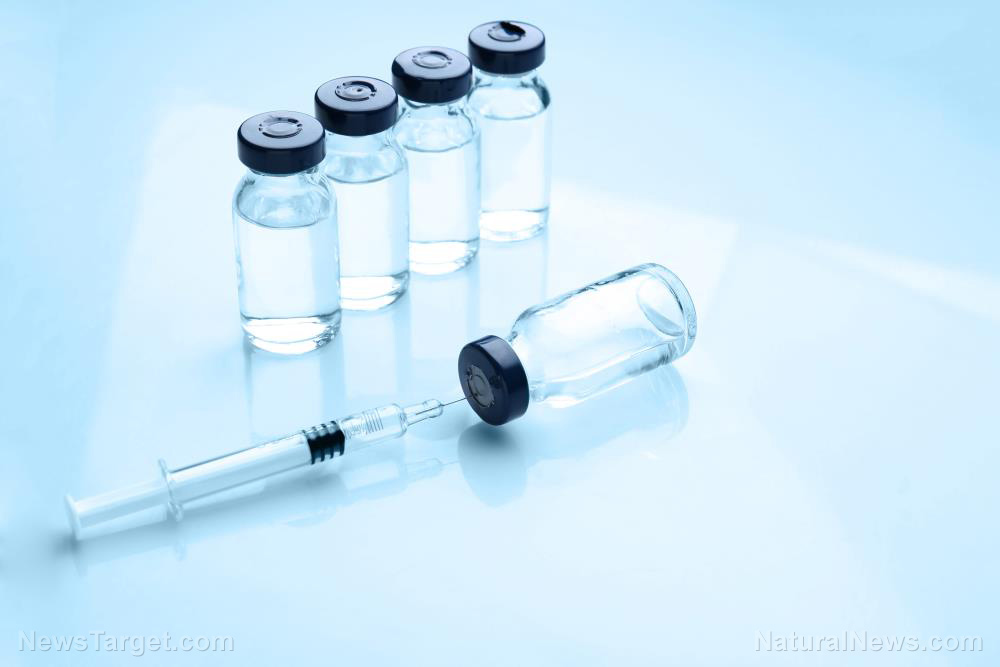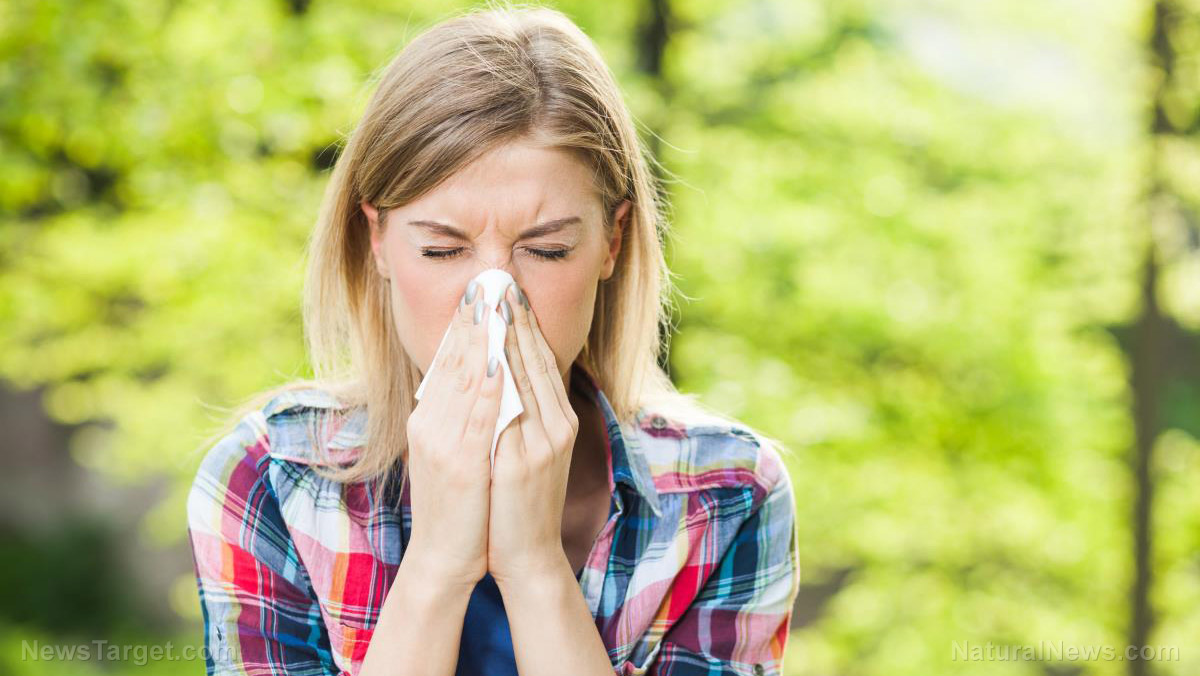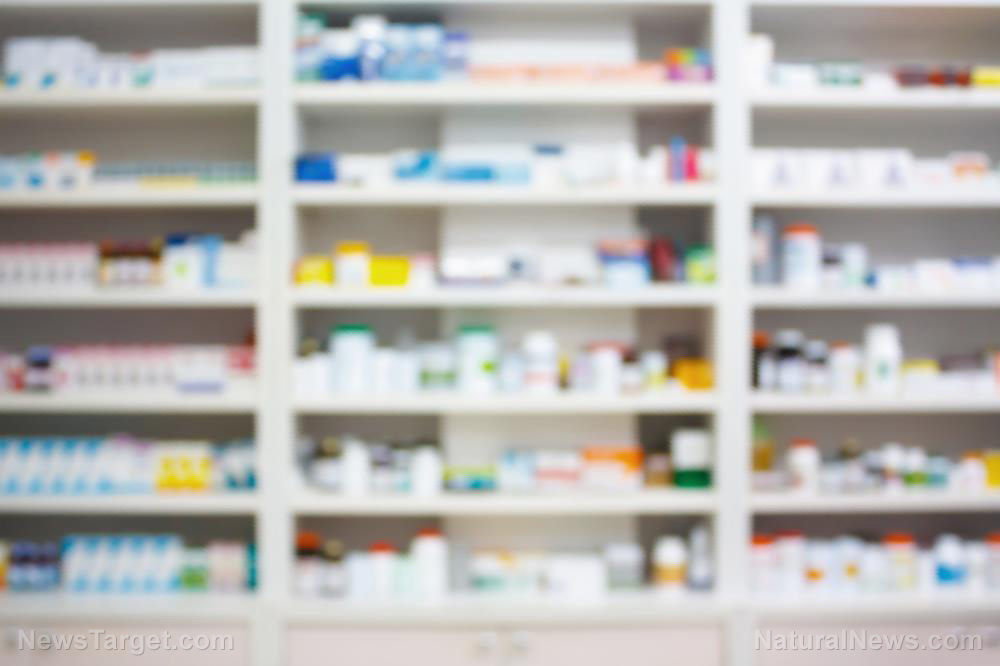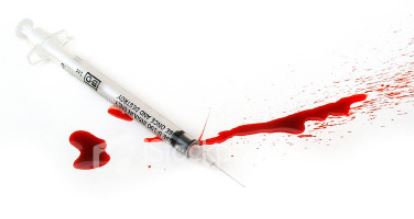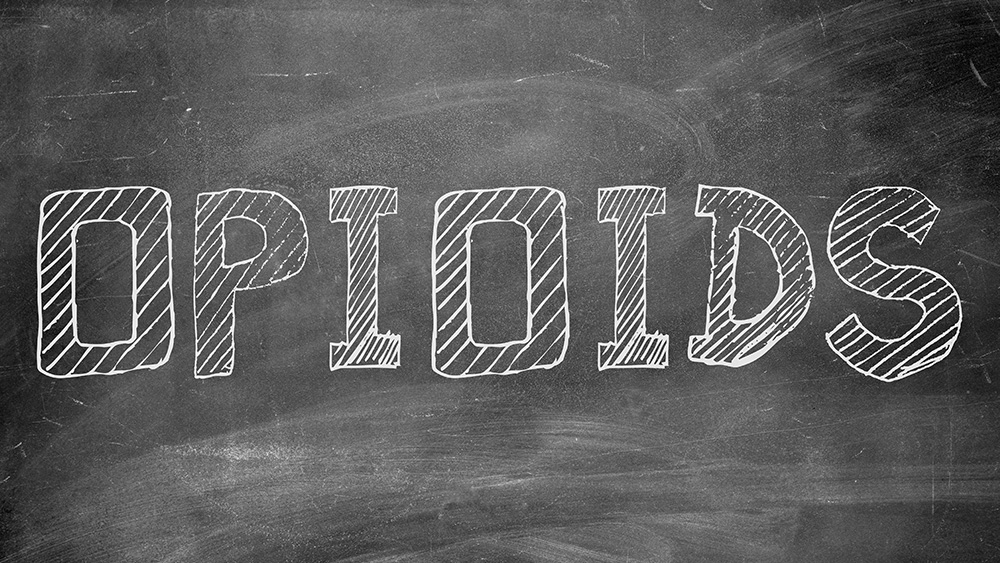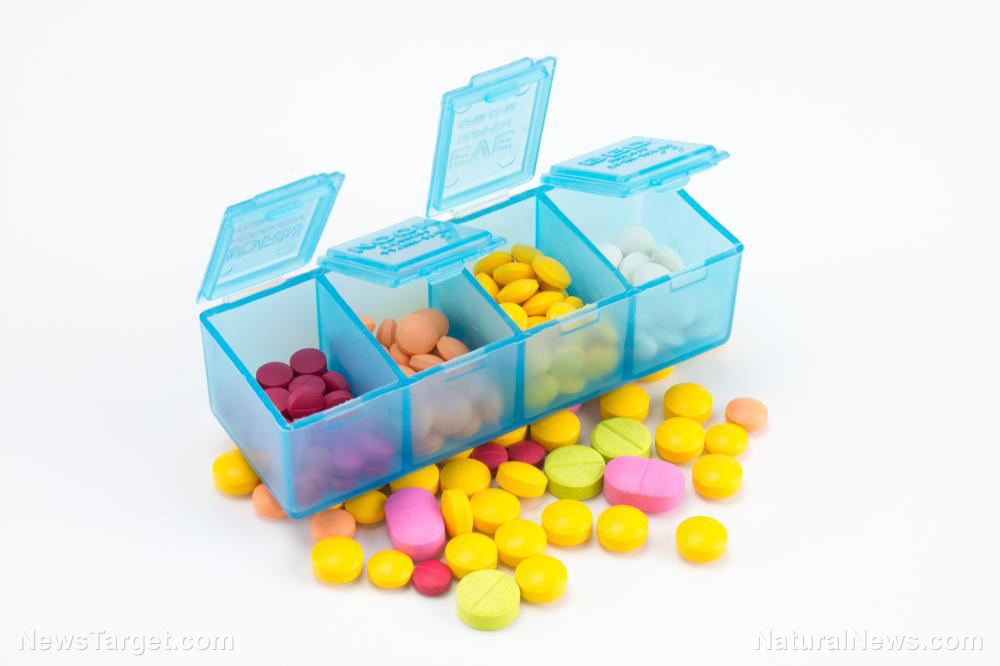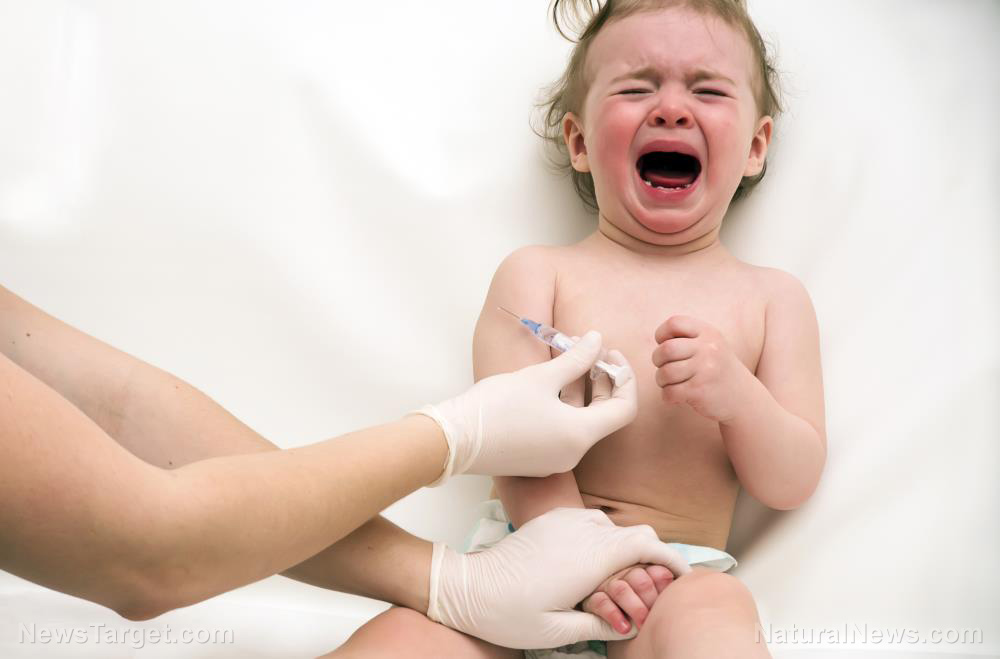Fake opioid addiction treatments on the rise: FDA and FTC sending stern warnings to those profiting off the illness
02/17/2018 / By Edsel Cook
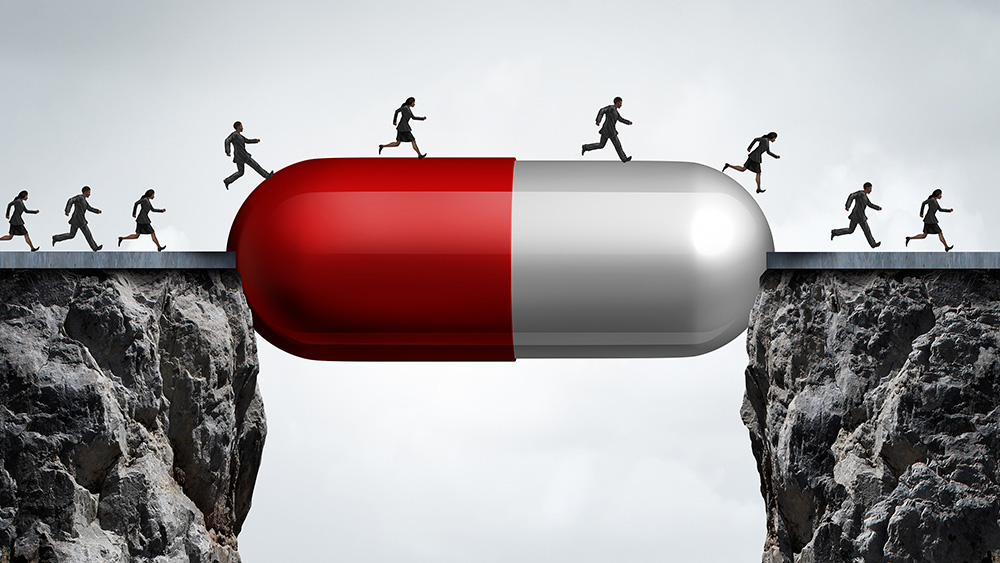
The skyrocketing number of fake opioid addiction treatments have prompted the United States Food and Drugs Administration (FDA) and the Federal Trade Commission (FTC) to issue sharp admonishments to pharmaceutical companies that hawk such products, said a Daily Mail article. The warning comes in the wake of numerous companies rushing to scam profits from the more than two million Americans who suffer from opioid use disorder.
[Editor’s note: Isn’t it interesting, however, that the FDA isn’t sending warning letters to the drug companies that make the deadly opioids in the first place? The profits must continue to roll, and “repeat business” through addiction is a proven Big Pharma business model…]
Opioid addiction medications like buprenorphine, methadone, and naloxone have received approval from the FDA. Their effectiveness in assisting addicts recover from opioid use disorder has been confirmed by several studies.
However, FDA-approved treatments also cost an arm and a leg. A year’s worth of methadone, for instance, costs around $47,000. Many addicts are understandably wary of medicines that cost almost as much as a car or a small fixer-upper home.
Companies have taken advantage of this by cooking up fake drugs and marketing them as cheap alternatives to officially-approved medication. According to them, their alternative products can ameliorate anxiety, insomnia, stomach cramps, aches, and other prevalent withdrawal-like symptoms just as well as the much more expensive FDA-approved drugs.
A typical bottle of fake opioid addiction medicine sells for $15 to $60. Those prices are very attractive to cash-strapped patients. It’s gotten to the point that the FDA and the FTC have combined their efforts to deal with the flood of bogus drugs that are reportedly preventing opioid addicts from getting proper treatment.
In a recent press release, FDA commissioner Scott Gottlieb announced that his agency and the FTC are “increasingly concerned with the proliferation of products claiming to treat or cure serious diseases like opioid addiction and withdrawal.”
New York officials have already started their own campaign against fake addiction treatment centers. Now the two federal agencies are intensifying their own efforts against fake opioid addiction drugs.
The first part is always the hardest part
The majority of U.S. agencies and rehabilitation centers recommend medically assisted treatment (MAT) for addicts of opioids and other substances. (Related news: The opioid crisis has some legislators supporting natural remedies, authorizing use of acupuncture to help addicts as an alternative pain treatment.)
The first (and arguably the hardest) step is detoxification. During this time, the body works to expel any accumulated foreign substances through perspiration, urine, feces, and exhaled air.
Addicts find the detoxification period to be quite stressful. Their bodies end up running a gauntlet of withdrawal symptoms such as severe shakes, aches, upset stomachs, heightened sensitivity to pain, anxiety, and insomnia.
Withdrawal symptoms are especially intense for opioid addicts. Many times a frustrated patient will end up returning to the drugs they were trying to quit. On occasion, withdrawal might even cause medical complications.
FDA-approved medications are intended to ease the traumatic withdrawal process for opioid addicts. Naloxone, methadone, and buprenorphine are not opioids, but they trigger the same receptors targeted by actual opioids.
By persuading the body that it has received its chemical fix, the opioid addiction drugs can make it easier for a patient to wean his or her body off the substances until full abstinence is achieved.
For more stories on harmful drugs and substances, visit Opioids.news.
Sources include:
Tagged Under: addiction, Big Pharma, buprenorphine, detoxification, FDA, ftc, medically assisted treatment, methadone, naloxone, opioid addiction, opioid epidemic, Opioids, treatment



